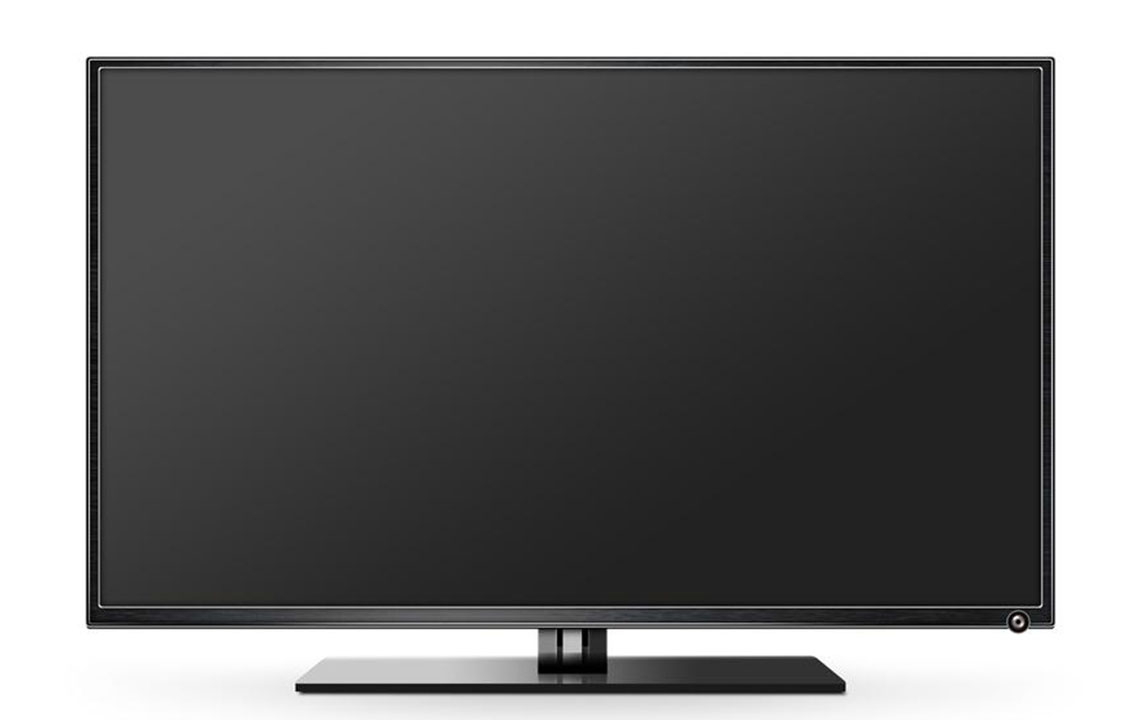Revolution in Television Technology: From B&W to Smart Screens
This article highlights the technological evolution of televisions, from black-and-white models to modern smart flat screens. It discusses the rise of LCD and LED TVs, their features like Wi-Fi connectivity, and the variety of sizes available. The piece emphasizes how ongoing innovations are shaping the industry, making TVs more accessible and adaptable to consumer needs. Whether for budget-friendly options or immersive home theaters, technology continues to transform the way we watch TV, ensuring a dynamic and competitive market landscape.

Television remains one of the primary sources of entertainment worldwide. Very few households lack a TV set. Initially, TVs were only monochrome, but over time, color displays became standard. The advent of flat-panel screens revolutionized the industry, with prototypes dating back to 1964. They entered mass markets around the early 2000s, initially at high prices before becoming affordable. Modern TVs are predominantly flat screens, like LCDs and LEDs, equipped with Wi-Fi for streaming apps. These slim, stylish screens can be mounted on walls, offering a cinematic experience at home. The evolution continues with various sizes and features, enabling consumers to choose models fitting their budget and preferences. The TV industry remains a vibrant sector driven by constant technological advances.
Disclaimer:
The information on our platform covers multiple categories, providing useful insights based on research. However, it should not be considered definitive, as data accuracy may vary across sources. The site may not list all currently available schemes or offers, so users should seek additional information for the best deals.










